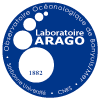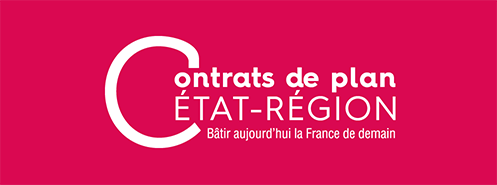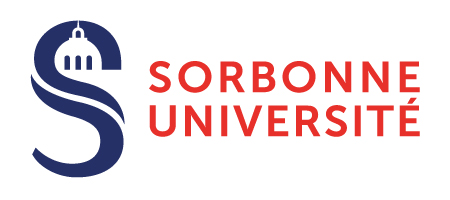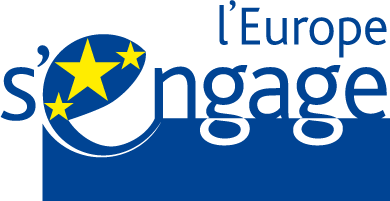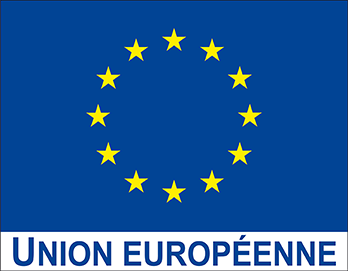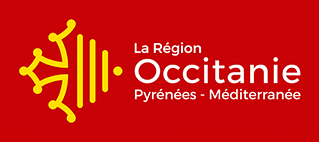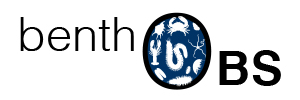
The National Observation Service of Benthic Macrofauna (SNO BenthOBS) was created in 2019. This National Observation Service is still in the process of being set-up in the context of the national Research Infrastructure ILICO "IR ILICO".
BenthOBS aims to build a national network of macrozoobenthos observation devices. It combines the resources and skills of universities, CNRS, Ifremer and MNHN. In a context of global change, it is essential to have time series capable of highlighting and understanding the changes underway in terms of specific diversity within communities and their consequences on the functioning of marine ecosystems. Benthic macrofauna species are very useful in this context because their reduced mobility and their relatively long lifespan for some, allow them to integrate environmental variations.
The objectives of BenthOBS are to understand the temporal trajectories of the communities of benthic macrofauna, characterize the functional dynamics of these communities, couple the BenthOBS data with the existing data on the macrozoobenthos (databases Benthos ILICO, WFD, MSFD) but especially with data from other Observations Services (Coast-HF, SOMLIT, PhytOBS) and more generally, in an established biodiversity erosion scenario, acquire naturalistic knowledge on coastal marine species metropolitan area, their number, their nature and their dynamics.
The implementation of the SNO BenthOBS makes it possible to obtain a global vision at the national level of the medium (sub-annual) and long-term (supra-annual) variability of macrozoobenthic communities. This is a decisive step to allow the prediction of future long term fate of these ecosystems facing global changes. Multidecadal observational data offer the exceptional prospect of conducting an integrated analysis of the spatiotemporal variations of a set of benthic macrofauna communities over the long term.
At the national level, the BenthOBS affiliation is the LOG (Laboratory of Oceanology and Geosciences) in Wimereux. Vincent Bouchet (LOG) and Nicolas Desroy (LER-CRESCO in Dinard) are the national coordinators.
BenthOBS at OOB
Two stations located in the bay of Banyuls-sur-Mer are sampled twice in early spring (march-april) and in late summer (september-october) from Nereis II.
Five replicates are carried out for the macrofauna using a van Veen grab (sampled surface: 0.1 m2) at 2 stations located in the bay of Banyuls-sur-Mer: station 43 at a depth of 15m and station 31 at 26 m depth.
An additional replicate is made for the particle size and organic content analyses of the sediment.
The data are archived in ILICO's national Benthos database.
